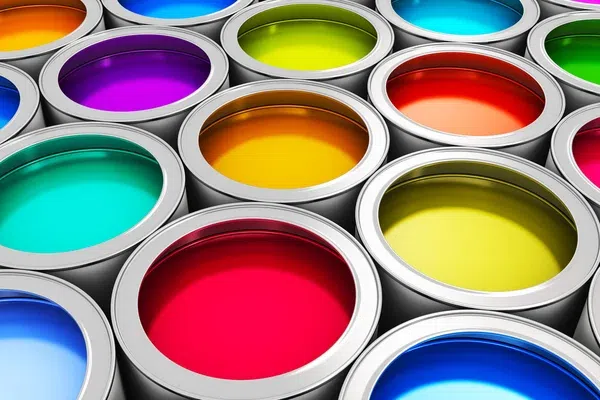Oil paint as a material for furniture offers a durable and aesthetically appealing finish that can be tailored to achieve a variety of styles and effects. Traditionally, oil paint is made from a mixture of pigments suspended in a drying oil, such as linseed oil, which acts as a binder. Here are some key attributes, advantages, and considerations regarding the use of oil paint on furniture:
Advantages:
- Durability: Oil paint forms a hard, protective film when it dries, making it resistant to scratches, dents, and general wear and tear.
- Finish Quality: It offers a rich, high-quality finish that can range from glossy to matte, depending on the desired result.
- Water Resistance: Once cured, oil paint provides excellent water resistance, which is beneficial for surfaces that may be exposed to moisture.
- Color Retention: Oil paints tend to have good pigment retention, which means they can maintain their color over time without significant fading.
- Workability: It allows for good leveling and a longer working time; brush strokes can settle and smooth out, resulting in a professional finish.
Considerations:
- Drying Time: Oil-based paints have a slower drying time compared to water-based paints, such as latex or acrylic. This means furniture may be out of commission for longer while paint cures.
- Volatile Organic Compounds (VOCs): Traditional oil paint contains solvents that release VOCs during the drying process, which can be harmful to both the environment and human health. Proper ventilation is important when using oil-based paints.
- Maintenance: Oil paint surfaces can be cleaned relatively easily, but they may require occasional reapplication to maintain their protective properties and luster.
- Compatibility: Because of its nature, oil paint may not adhere well to all types of materials without proper priming and preparation. It is often used over wood or on top of existing oil-based finishes.
- Application: It requires specific application techniques and cleanup requires mineral spirits or turpentine, which adds to the complexity and cost.
Special Characteristics:
- Oil paint can be mixed with various mediums and additives to change the viscosity, gloss, or drying time.
- When applied properly, oil paint can create a surface that resists mildew and algae, adding to the longevity of the furniture piece.
- Aging of oil paint can result in a desirable patina, especially on antique pieces, which can enhance the character of the furniture.
While oil-based paints have largely given way to more environmentally friendly options with faster drying times and easier cleanup, they remain a popular choice for projects where a high level of durability and a classic look are desired. However, the ongoing concern with VOCs has led to the development of low-VOC oil paints and alternative solutions that mimic the properties of oil paint without some of the associated health and environmental concerns.



